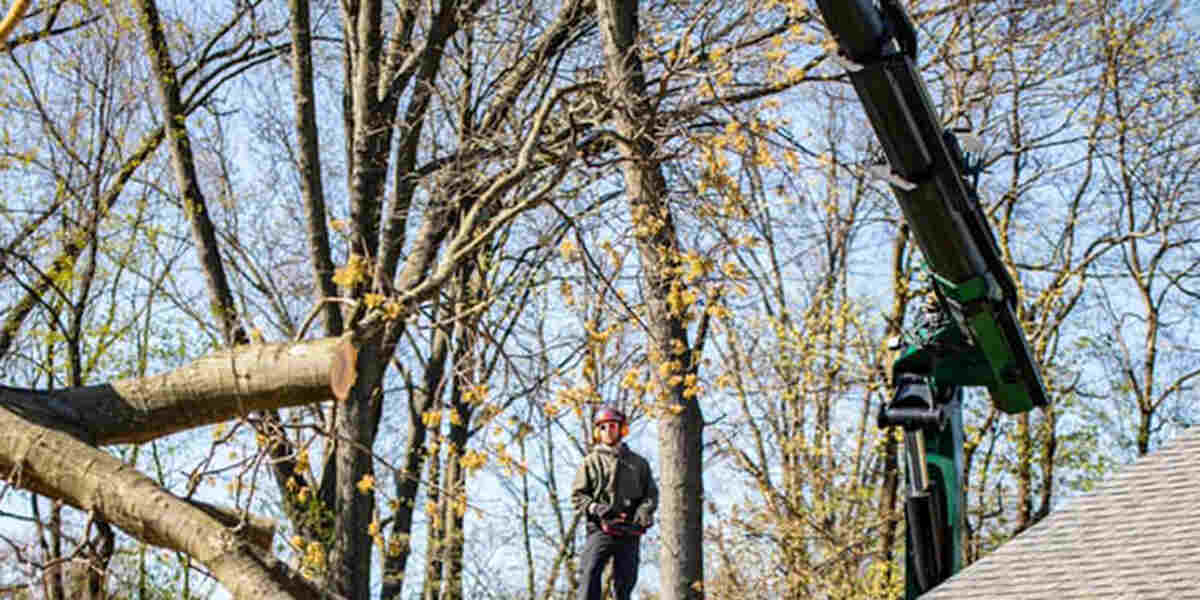You put so much effort into growing and keeping your trees healthy through the years. The last thing you want to see is any sign that suggests they’re in distress. It’s no surprise that leaf scars are a major source of concern for many tree owners.
What are leaf scars? Should you worry about them? Petrarca Landcare, the leading tree service contractor in Lakewood, Ohio, covers all the details in this post.

The Different Types of Leaf Scars
When people mention leaf scars, they are referring to two major conditions:
General Scarring on Attached Leaves
It’s natural to find scars on attached leaves. Common causes of these scars include weather-related damage, pest activity, and leaf spot diseases.
Winds or hail can cause leaf scar patterns. Some pests or foraging animals feeding on the foliage can also cause leaf scar formation, as can certain diseases.
Regardless of the cause, these leaf scars are generally nothing to worry about. They merely show that the tree is resilient.
Leaf Drop Scars
These are natural scars you’ll find around the sites where a tree lost a leaf.
Typically, tree leaves turning brown is a natural process, only requiring minimal attention to fix. But when brown leaves continue to plague your tree, you’ll need the knowledge to fix it. Not only should you know the importance of tree fertilizers, but also recognize signs of stress like persistent leaf scars, indicating potential underlying issues.
Leaves are crucial to a tree’s food production. They connect to the larger vascular system and play a key role in photosynthesis. However, as a leaf gets older, it loses some of its ability to participate in this process, becoming a burden to the rest of the tree.
After it dies, it detaches from the stem, leaving a tiny open wound. The tree can’t ignore that wound because it means vulnerability to bugs and diseases. Therefore, it encourages the growth of a type of scab around the drop site, leading to a leaf scar around the stem.
Again, you don’t have to worry about these types of leaf scars. They’re a common sight on perennials that lose their leaves yearly and have many such scars over their lifespan.
When Should You Be Concerned About Leaf Scars?
Although most leaf scars are harmless, some scenarios warrant further investigation:
- Excessive general scarring. Do you see lots of torn, discolored, or hole-filled leaves on your tree? These could point to any number of underlying issues, ranging from nutrient deficiencies to lack of water or severe pest infestation.
- Presence of cankers around leaf drop sites. Cankers are sunken, dead areas of bark around leaf drop sites. They often arise in response to serious tree injuries and fungal infections. You can’t ignore them because they can cause significant damage to a tree’s vascular system, hindering the transportation of nutrients.
Get Expert Help With Understanding Leaf Scar Significance
Do you need help with leaf scar identification? Do you want to better understand leaf scar anatomy and what it means for your tree? Maybe you need help tackling the underlying causes of excessive scarring and tree leaves turning brown.
Call the Petrarca Landcare team in Lakewood, Ohio, at (330) 933-0562 for answers to any further questions you might have and to schedule a consultation.
